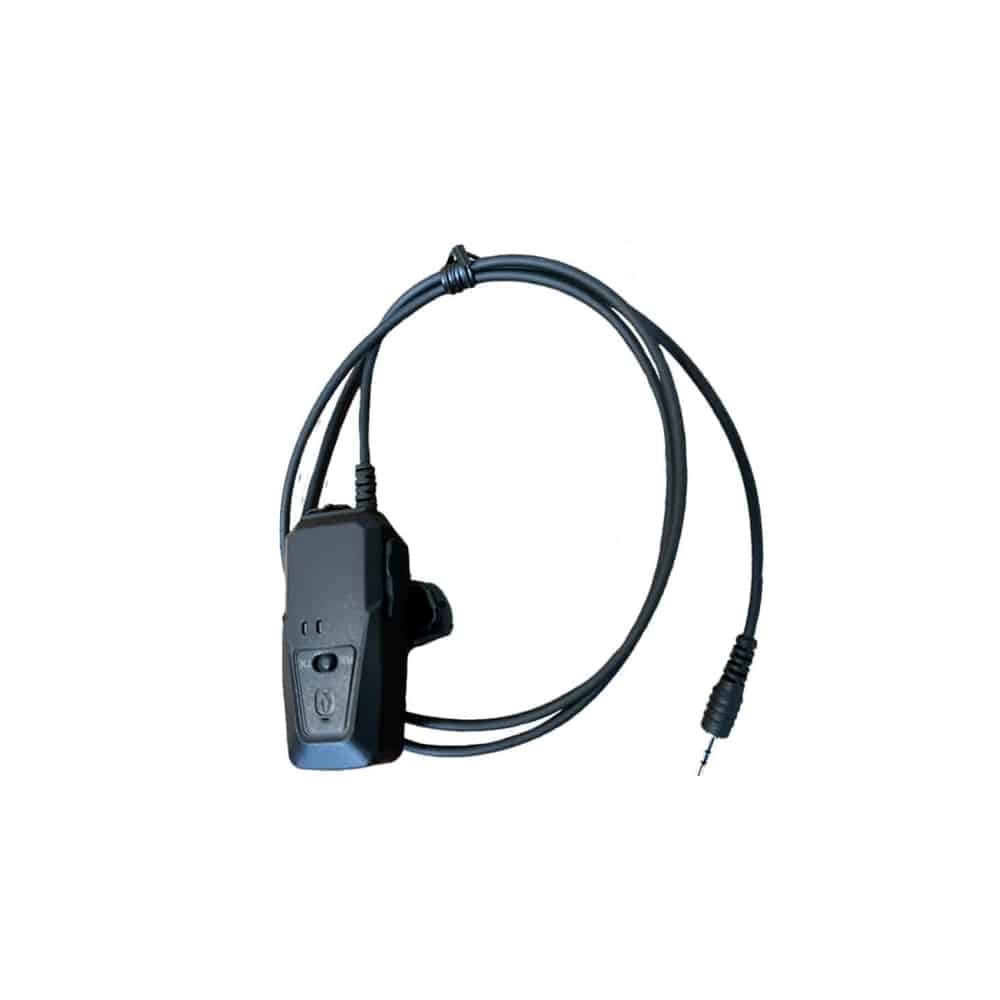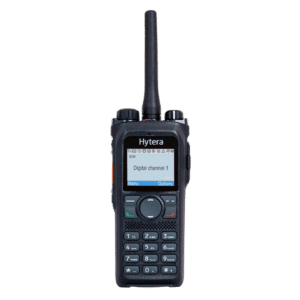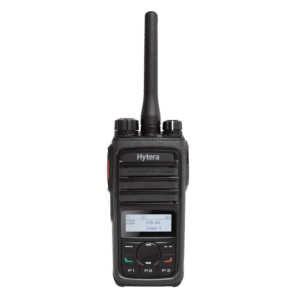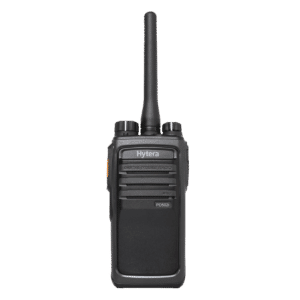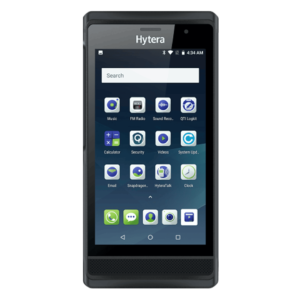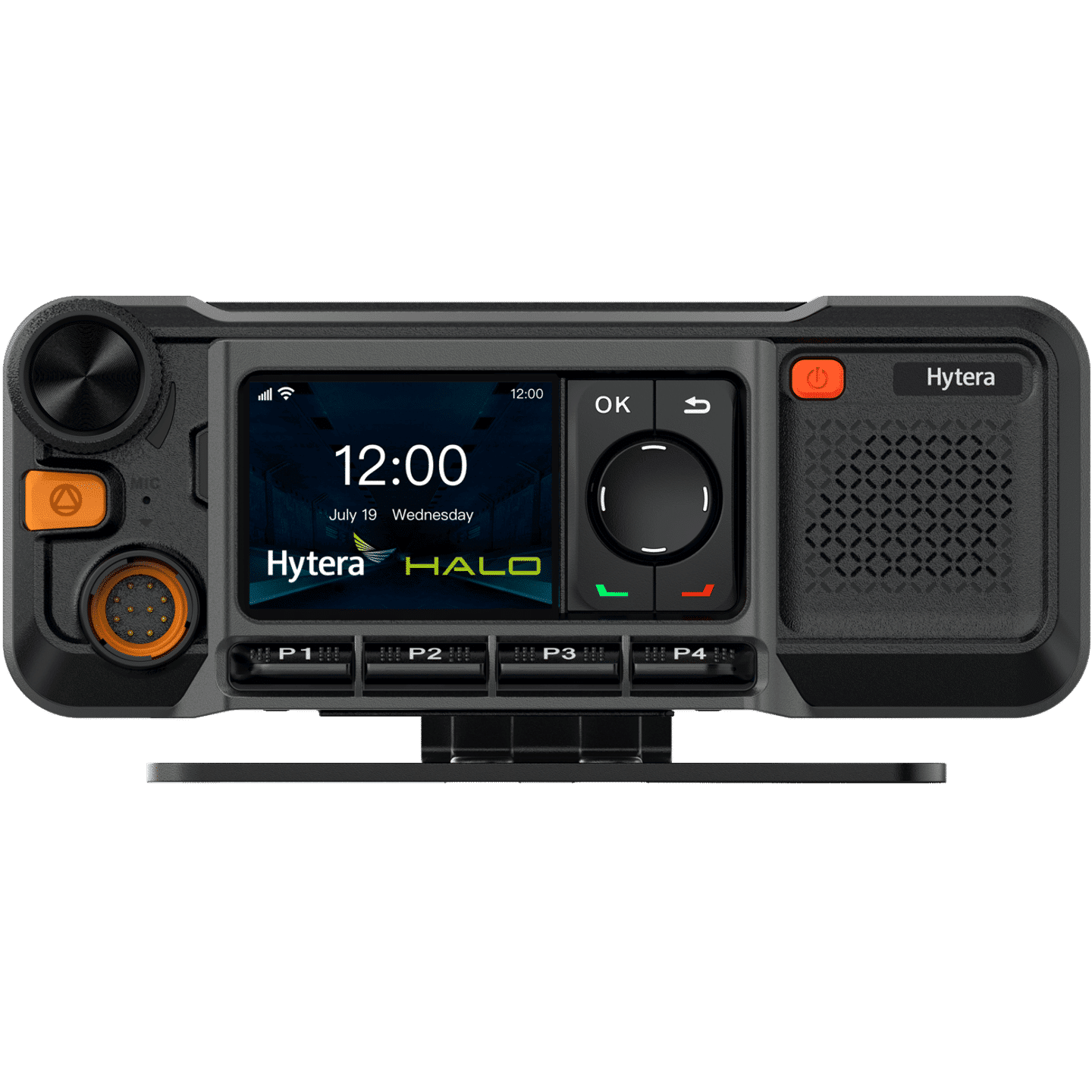Bluetooth stands out as a technology that can connect countless devices, enabling seamless communication in a hyper-connected world. This groundbreaking technology, now commonplace, has a rich history rooted in innovation, collaboration, and forward-thinking vision.
The Genesis of a Wireless Revolution
The story of Bluetooth begins in 1989, in the picturesque city of Lund, Sweden. Nils Rydbeck, the visionary Chief Technology Officer at Ericsson Mobile, set in motion a project that would reshape wireless communication. His goal was deceptively simple yet highly ambitious: to create a “short-link” radio system that could connect wireless headsets to mobile devices.
This endeavor was not born in a vacuum. It built upon the pioneering inventions of Johan Ullman, whose patents (SE 8902098-6, issued in 1989, and SE 9202239, issued in 1992) laid the foundational concepts for wireless device communication. Rydbeck, recognizing the potential of Ullman’s work, assembled an elite team to breathe life into this technological dream.
Tord Wingren was tasked with defining the system’s specifications, while the dynamic duo of Jaap Haartsen and Sven Mattisson took on the Herculean task of developing the core technology. Their work began in earnest in 1994, and by 1997, they had achieved a significant milestone: a working prototype that hinted at the technology’s enormous potential.
The project gained momentum under the leadership of Örjan Johansson, who took the reins as project leader. Johansson’s vision and drive were instrumental in pushing the technology towards standardization, a crucial step in ensuring its global adoption and compatibility.
The name “Bluetooth,” proposed by Jim Kardach of Intel, pays homage to Harald “Bluetooth” Gormsson, a Viking king whose dead tooth, which was a dark blue/gray color, earned him the nickname Bluetooth. He was renowned for unifying Denmark and Norway in the year 958—a fitting metaphor for a technology that bridges diverse communication devices.
A Partnership That Changed the Game
The year 1997 marked a turning point for Bluetooth when Adalio Sanchez, the innovative head of IBM’s ThinkPad product R&D, recognized the potential of integrating mobile phone connectivity into laptops. His outreach to Nils Rydbeck at Ericsson sparked a collaboration that would catapult Bluetooth from a promising concept to a global standard.
Initially, the idea was to integrate mobile phones directly into notebooks. However, power consumption constraints made this unfeasible. Undeterred, the two companies pivoted, seeing the potential in Ericsson’s short-link technology as a wireless solution for connecting phones to notebooks. This flexibility and foresight would prove crucial in Bluetooth’s eventual success.
In a move that would prove prescient, Sanchez and Rydbeck made a bold decision: to open up the technology to the wider industry by establishing it as an open standard. This choice was driven by the realization that neither IBM nor Ericsson were market leaders in their respective domains at the time. By making Bluetooth an open standard, they ensured its widespread adoption and fostered an ecosystem of innovation that continues to this day.
The collaboration deepened as Ericsson contributed its short-link radio technology, while IBM brought to the table key patents related to the logical layers of the communication protocol. To further strengthen this alliance, Stephen Nachtsheim of Intel was brought on board by IBM. Intel, recognizing the potential of this burgeoning technology, recruited tech giants Toshiba and Nokia to join the project.
Birth of the Bluetooth Special Interest Group
May 1998 saw the official establishment of the Bluetooth Special Interest Group (SIG), with IBM, Ericsson, Intel, Nokia, and Toshiba as its founding members. This consortium would prove instrumental in guiding Bluetooth’s evolution, ensuring its development as an industry-standard protocol for short-range wireless communication. The Bluetooth SIG introduced the first version of Bluetooth on May 7, 1998, as the premier wireless standard aiming to streamline data and audio transmission between devices.
The formation of the Bluetooth SIG was a masterstroke of collaborative innovation. By bringing together diverse companies with varying expertise and market positions, it created a melting pot of ideas and technologies. This collaborative approach ensured that Bluetooth would not be constrained by the vision of a single company but would instead benefit from the collective wisdom and resources of industry leaders.
The first Bluetooth specifications were released to the public in July 1999.
Bluetooth Enters the Consumer Market
The fruits of the SIG collaboration soon became evident in the consumer market. In November 1999, the world witnessed the debut of the first Bluetooth-enabled device: a hands-free mobile headset by Ericsson, weighing 20 g (0.75 oz.), that could sit comfortably on either ear. Ironically, the headset came with an adapter for phones that didn’t yet have Bluetooth built in (Ericsson’s T28, T28 WORLD, and R320 cellular phones). Even so, the headset excited both the industry and public and won the “Best of Show Technology Award” at COMDEX, perhaps the world’s largest technology trade show at the time.
While the Ericsson T36, a prototype phone developed around the same time, never made it to market, its successor, the Ericsson T39, claimed the title of the first commercially available Bluetooth phone, released in June 2001. However, it was the Ericsson R520m that actually hit the shelves first, becoming available in early 2001 and marking Bluetooth’s official entry into the mobile phone market.
The personal computing world wasn’t far behind. In October 2001, IBM introduced the ThinkPad A30, the first notebook with integrated Bluetooth. This milestone symbolized Bluetooth’s expansion beyond mobile devices and its growing importance in the broader tech ecosystem.
In its infancy, Bluetooth primarily facilitated short-range communication within a 10-meter (33-foot) radius, enabling basic file transfers and device tethering. However, its capabilities rapidly expanded, transforming how we interact with our gadgets. Bluetooth 5.0, for example can theoretically reach 40–400 meters (100–1,000 feet).
Expanding Horizons: Bluetooth in the Smart Home
While giants like Ericsson and IBM were pioneering Bluetooth’s integration into consumer electronics, smaller companies were exploring its potential in other domains. Vosi Technologies, a Costa Mesa, California-based company founded by Ivano Stegmenga, envisioned Bluetooth as the backbone of smart home systems.
Vosi’s ambition was to create a seamless wireless communication network between devices in the home and vehicle. Their flagship product, the Vosi Cello, was an integrated vehicular system that relied on Bluetooth for communication. The company also planned to launch the Vosi Symphony, a table-top device designed to function within a Bluetooth-connected home network.
At a time when Wi-Fi was not yet widespread, Bluetooth seemed the ideal technology for creating a short-range wireless ecosystem. Vosi Technologies’ vision was ahead of its time, foreseeing the interconnected smart homes that are becoming increasingly common today.
While legal disputes ultimately delayed Vosi’s plans, their ideas were prophetic. Today, Bluetooth plays a role in many smart home devices, from speakers to thermostats, demonstrating the foresight of companies like Vosi in recognizing Bluetooth’s potential beyond personal devices.
Bluetooth Today: A Global Standard in Wireless Communication
From its humble beginnings as a solution for wireless headsets, Bluetooth has evolved into a global standard that powers a vast array of devices. Its journey from a small, short-link radio project in Lund, Sweden, to a technology used by billions globally is a testament to the power of collaborative innovation.
The decision to make Bluetooth an open industry standard was pivotal in its widespread adoption. This approach fostered a collaborative ecosystem where companies across different industries could contribute to and benefit from the technology. As a result, Bluetooth has become deeply integrated into our daily lives, powering everything from mobile phones and laptops to hearing aids, smart home devices, and even vehicles.
Audio Innovations
Bluetooth’s foray into audio technology marked a significant milestone. The introduction of the Advanced Audio Distribution Profile (A2DP) paved the way for high-quality audio streaming, propelling Bluetooth headsets into mainstream popularity. Industry leaders like Plantronics, Sennheiser, and Jabra pioneered wireless audio solutions, setting new benchmarks for sound quality and convenience.
As Bluetooth continued to evolve, power efficiency became a focal point. The introduction of Bluetooth Low Energy (BLE) in 2010 opened doors for devices with minimal power requirements, including hearing aids. This development would prove instrumental in reshaping the landscape of assistive hearing technology.
Bluetooth Meets the Hearing Aid
The integration of Bluetooth technology into hearing aids represents one of the most impactful applications of wireless communication in healthcare. Traditional Bluetooth protocols were too power-hungry for the small batteries in hearing aids. The advent of BLE changed this dynamic, allowing hearing aids to communicate wirelessly without rapidly depleting their power sources.
Today’s hearing aids utilize specialized Bluetooth protocols to ensure smooth communication with smartphones, televisions, and other audio sources. Leading brands such as Phonak, Widex, and Oticon have embraced different Bluetooth profiles to meet the unique needs of hearing aid users:
- Audio Streaming for Hearing Aids (ASHA): Developed by Google, this protocol enables direct streaming between Android phones and compatible hearing aids.
- Made for iPhone (MFi): Apple’s proprietary protocol facilitates direct audio streaming from iPhones and iPads to MFi-certified hearing aids, eliminating the need for intermediary devices.
These protocols address the specific requirements of the hearing aid community, optimizing power usage while maintaining clear and consistent connections. However, they often limit compatibility with third-party accessories, creating a trade-off between specialized functionality and universal connectivity.
Bluetooth Evolution: Versions 4.6 to 5.2 and Beyond
While some hearing aids can connect to devices using standard Bluetooth versions (4.6 to 5.2), the unique demands of these miniature audio devices—particularly low power consumption and minimal latency—require the use of BLE. Bluetooth 5.0 and subsequent versions brought significant enhancements, including improved range, faster data transfer speeds, and the ability to stream audio to multiple devices simultaneously. These advancements have been particularly beneficial for the hearing aid industry.
A groundbreaking development in recent years is the introduction of Bluetooth LE Audio, featuring the Low Complexity Communication Codec (LC3). This innovation offers superior audio quality at lower bit rates, a major advancement for hearing aids as it translates to improved sound without greatly impacting battery life. Furthermore, Bluetooth LE Audio supports broadcasting to multiple receivers, simplifying the process of connecting hearing aids to various audio sources concurrently.
Many hearing aid manufacturers are exploring the potential of updating their microphones to support LE Audio, anticipating widespread adoption of this standard in the near future.
Bluetooth 5.3
Bluetooth 5.3, builds upon the advances introduced in Bluetooth 5.0, 5.1, and 5.2. Released in mid-2021, Bluetooth 5.3 offers several enhancements that improve performance, reliability, and energy efficiency, particularly for Bluetooth Low Energy (LE) applications.
1. Periodic Advertising Enhancements: Bluetooth 5.3 introduces an improved method for handling redundant advertising packets, known as the AdvDataInfo field. This feature helps devices discard duplicate data transmissions earlier, reducing unnecessary processing and saving energy. This improvement is especially beneficial in scenarios involving periodic advertisements like IoT devices, where multiple advertisements are often broadcast simultaneously.
2. Channel Classification Enhancement: In previous Bluetooth versions, only the central device in a connection was responsible for managing which communication channels were used. However, in Bluetooth 5.3, both the central and peripheral devices can now classify the quality of the communication channels they are using. This dual classification ensures that both devices avoid poor-quality channels, resulting in fewer connection dropouts and improved overall communication reliability.
3. Connection Subrating: One of the most significant updates in Bluetooth 5.3 is the ability to switch more quickly between high and low duty cycle connections, known as Connection Subrating. This feature allows devices to shift between power-saving modes and high-throughput modes more efficiently. For example, a sensor that normally operates at low power can switch to a higher data rate only when needed and then return to power-saving mode quickly. This feature is particularly useful for battery-powered devices like Bluetooth sensors, wearables, and hearing aids.
4. Encryption Key Size Control: Bluetooth 5.3 also introduces enhanced control over encryption key sizes. This improvement allows devices to negotiate minimum acceptable encryption key sizes, making connections more secure without compromising performance.
These new features make Bluetooth 5.3 a powerful update for modern Bluetooth applications, particularly in areas like audio streaming, wearables, IoT devices, and hearing aids.
Overcoming Connectivity Challenges
Despite these advancements, several hurdles remain in achieving seamless Bluetooth connectivity for hearing aids. Many devices still require proprietary apps to connect to Bluetooth-enabled accessories like microphones. While these apps manage complex communication protocols, they also create a closed ecosystem, limiting compatibility with third-party devices.
Addressing Protocol Mismatches
One of the primary obstacles in hearing aid and Bluetooth microphone compatibility is the mismatch between protocols. Most Bluetooth microphones aren’t designed to support specialized profiles like ASHA or MFi, resulting in connectivity issues. Manufacturers are exploring various solutions to bridge this gap:
- Firmware Updates: Microphone makers could potentially update their firmware to support specialized hearing aid protocols, enabling direct compatibility.
- Hardware Adapters: Developing intermediary devices that translate between standard Bluetooth protocols and specialized hearing aid profiles could offer a hardware-based solution.
- App Integration: Creating middleware applications that act as translators between Bluetooth microphone output and hearing aid input could serve as a temporary fix.
- Strategic Partnerships: Collaborations between microphone manufacturers and hearing aid companies could lead to integrated solutions or certified accessory programs.
- Licensing Agreements: Acquiring licenses for proprietary Bluetooth protocols used in hearing aids could allow third-party microphones to gain recognition as authorized devices.
- Open Source Collaboration: Engaging with open-source communities working on reverse-engineering proprietary Bluetooth protocols might yield insights for developing more universal solutions.
The App Dilemma: Proprietary Software vs. Native Connectivity
The reliance on proprietary apps for managing hearing aid connectivity remains a contentious issue. While these applications offer granular control over device settings and optimize audio streaming, they often restrict users to a single manufacturer’s ecosystem. The future of hearing aid connectivity lies in the widespread adoption of universal Bluetooth protocols like LE Audio, which could eliminate the need for proprietary apps and enable seamless integration across all devices.
The Future of Bluetooth in Hearing Technology
The hearing aid industry stands on the brink of a connectivity revolution. The adoption of Bluetooth LE Audio promises to transform both sound quality and device compatibility. However, significant challenges remain, particularly in achieving true interoperability with third-party devices.
To truly serve the needs of individuals with hearing impairments, the industry must embrace open standards that provide the same level of seamless connectivity enjoyed by users of other Bluetooth audio devices. Collaborative efforts between hearing aid manufacturers, Bluetooth chipset developers, and the open-source community will be crucial in accelerating this evolution.
The most promising solutions will likely involve a combination of approaches—from firmware updates and hardware adapters to innovative app integration. The key lies in finding the right balance between specialized functionality and universal compatibility, ensuring that hearing aid users can fully participate in our increasingly connected world without compromise.
Looking Ahead: Bluetooth on the March
Bluetooth’s evolution continues with the introduction of Bluetooth Low Energy (BLE) and the Bluetooth LE Audio standards. These advancements ensure that Bluetooth remains at the forefront of wireless communication, adapting to new needs and use cases as technology progresses.
Bluetooth’s role in our interconnected world seems set to grow even further. From enhancing accessibility through advanced hearing aid technology to enabling new possibilities in the Internet of Things (IoT), Bluetooth continues to push the boundaries of what’s possible in wireless communication.
The Bluetooth story is more than one of raw technological advancement; it’s a narrative of vision, collaboration, and the power of open standards to drive innovation. As we continue to benefit from the seamless connectivity Bluetooth provides, we owe a debt of gratitude to the pioneers who saw the potential in a simple idea and worked tirelessly to make it a reality. Their legacy lives on in every flawless and efficient Bluetooth connection we use every day. ■
Cardinal Communications is Ready to Help You
Cardinal Communications (http://cardinalcomms.com) wants you to explore our portfolio of high-quality headsets and other audio accessories to find the one that best suits your needs.


